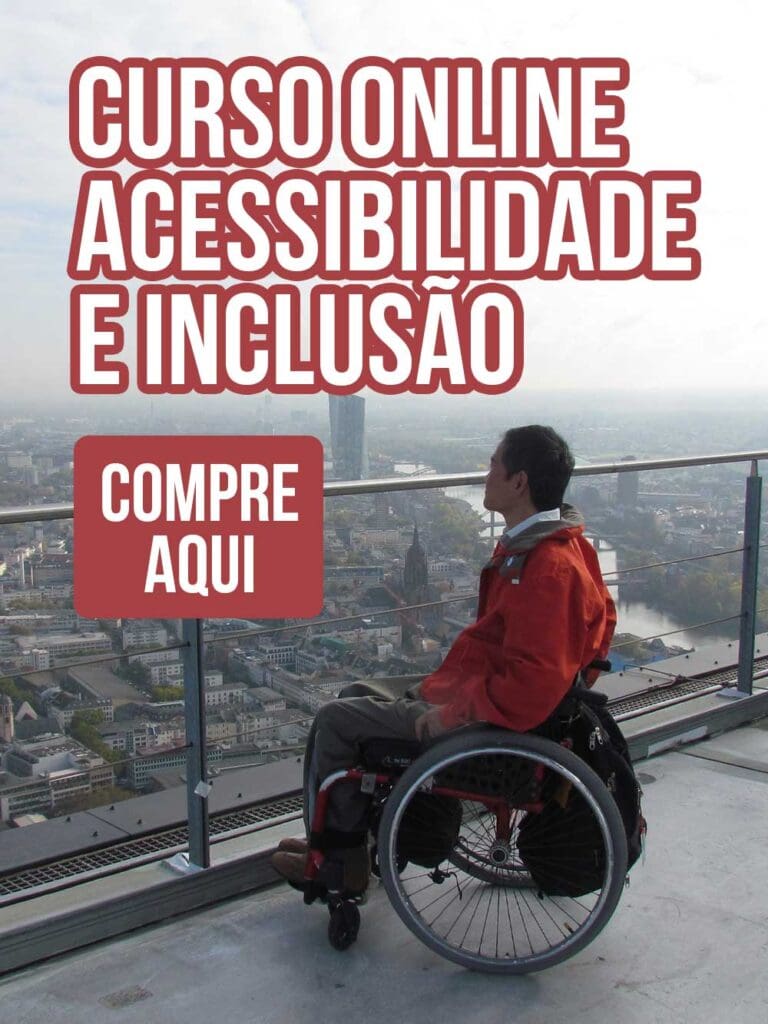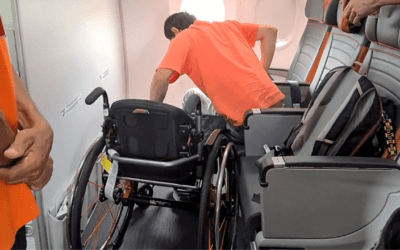
Opinion: Montreal’s ‘accessible’ buses aren’t accessible enough
As a Montrealer who is disabled and uses a motorized wheelchair to get around the city, I find it quite ironic that Montreal is currently hosting the first World Summit Destinations for All, which runs Oct. 19-22. This conference is a platform for stakeholders in the global tourism industry to discuss issues regarding accessible tourism and transportation. Organizers and the city should be congratulated for this initiative; however, all city officials must be aware that Montreal has not progressed far enough when it comes to reducing barriers for individuals with reduced mobility, as compared with other large cities in North America.
Although I could discuss what it is like being hampered by the lack of accessible bars and restaurants on Crescent Street, a popular location for tourists, my bigger concern is accessible public transportation, not including adapted taxis and mini-buses.
In the past 11 years, I have been a user of the large STM buses that are intended to be used by individuals in wheelchairs and scooters. From 2003 to 2009, I had experienced many problems with the older model of buses, where the ramp was located in the back. Often, ramps did not work due to lack of maintenance, or drivers did not know how to deploy them. On a few occasions, I had to instruct the driver on how to deploy the ramp, despite the STM’s contention that all drivers had been properly trained.
In a reply to an email that was sent to the STM in September 2011, regarding trying to embark on three consecutive buses with defective ramps, I was told that the introduction of a new model of buses where the ramp is located in the front was going to “improve reliability of the wheelchair accessibility service.”
Based on my experience within the last four months, that is certainly not the case. On two occasions, I was not able to embark on these “accessible” buses because the ramps were not functioning. At first, I thought it was just my bad luck on two different bus lines on two different days, but then I discovered that other disabled users had experienced the same problem with the new buses.
If I am to believe that all drivers are trained to work with the ramps in the “accessible” buses, then there is a serious problem with the maintenance. I fear that disabled users all too often will end up having to “wait for the next bus” if the STM continues to ignore this issue.
In a recent interview with CBC Montreal, when questioned about the buses and the maintenance of the ramps, an STM official said, “We offer it, but it’s not a lot of people who use it.” In addition, the official claimed that the service is “not popular.” Is the STM operating and maintaining its services based on popularity and not necessity? Since when has offering an essential public service become discretionary, like a dépanneur owner’s decision whether to stock ketchup chips?
While it is great to have an action plan for the future for accessible public transportation, the STM and the city of Montreal have to focus on current issues. Otherwise, regardless of what is in a plan claimed in a mission statement or discussed at an international conference, disabled users will lose trust in the STM and its ability to provide a service that is truly accessible and reliable.
Source: Montreal Gazette
Compartilhe
Use os ícones flutuantes na borda lateral esquerda desta página
Siga-nos!
Envolva-se em nosso conteúdo, seus comentários são bem-vindos!
Artigos relacionados
Acessibilidade no transporte aéreo. Atualização das regras.
Acessibilidade no transporte aéreo. Revisão da Resolução nº 280/2013 da ANAC através de consulta e audiência pública.
Inclusão no filme Wicked. Atriz cadeirante chama a atenção.
Inclusão no filme Wicked. Marissa Bode é uma atriz com deficiência na vida real, e sua deficiência não foi um impedimento para a atuação.
Diretrizes da ANPTUR para o Turismo Brasileiro
Diretrizes da ANPTUR para o Turismo Brasileiro. Acessibilidade é um dos capítulos desse importante guia orientador para o turismo.






0 comentários